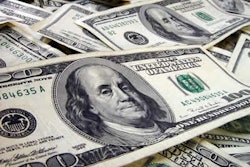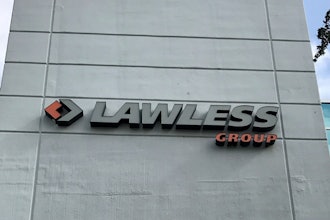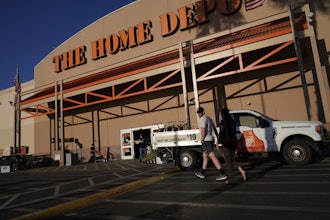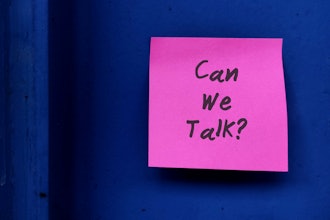With surge pricing creating a stir in the marketplace, some are weighing the viability of dynamic pricing as a way to build customer loyalty. That’s the assertion of a blog from Daniel Odio, a Silicon Valley CEO, who in a post on his blog argues “dynamic pricing that equalizes supply to demand to be an unstoppable trend, and the businesses that lead with it will benefit the most.”
The blog raises the question about airline pricing, and why airlines don’t deeply discount any available seats the day before a flight to fill the plane. People often wonder: Why are there ever empty seats on the plane?
The answer is because, over time, you train customers to expect certain kinds of behavior. If the airlines were to have a “fire sale” 24 hours before takeoff, people who actually need to make last-minute arrangements and are the least price-sensitive would shift into the same segment as customers who are the most price-sensitive, such as leisure travelers. This completely ruins your business model.
Think about it in terms of a sports stadium: You could sell out a stadium if you sold tickets for $10 during the 10 minutes prior to the game. Sure, you might fill up the stadium, but you probably wouldn’t turn a profit on ticket sales.
Consider the example in Odio’s blog. If you’re a consumer paying $50 on a rainy day for a car wash that costs $75 on a sunny day, you’re just one more car making up a long line. Someone willing to pay $75 for the same wash will probably head to a competitor’s car wash rather than wait in the long line. So while as a consumer you feel good about that particular car wash brand, you’re not truly helping the company achieve its goal of profitability. The business is never going to cover its costs that way.
In this example, the customer is hedging himself, but he’s also hedging the profits of the company he’s doing business with. The reality is that no business in its right mind is going to institute a policy that puts a cap on the upside of pricing.
Dynamic pricing can be good for businesses but they need to be sure they’re applying the principle thoughtfully. Customers don’t like to be guinea pigs for pricing experiments. You don’t want to lose customers because your dynamic pricing strategy is turning them off. Think through your plan carefully and implement it in a way that protects your profits and keeps your customers happy.
Patrick Schneidau is the General Manager for PROS Mid-Market business. He has more than 11 years of experience in consulting, product, and go-to-market strategies in the pricing industry. Patrick has authored dozens of articles on everything from pricing strategy to product management and enterprise software. He is a frequent speaker on topics including pricing optimization and analysis, product management and business development.





















